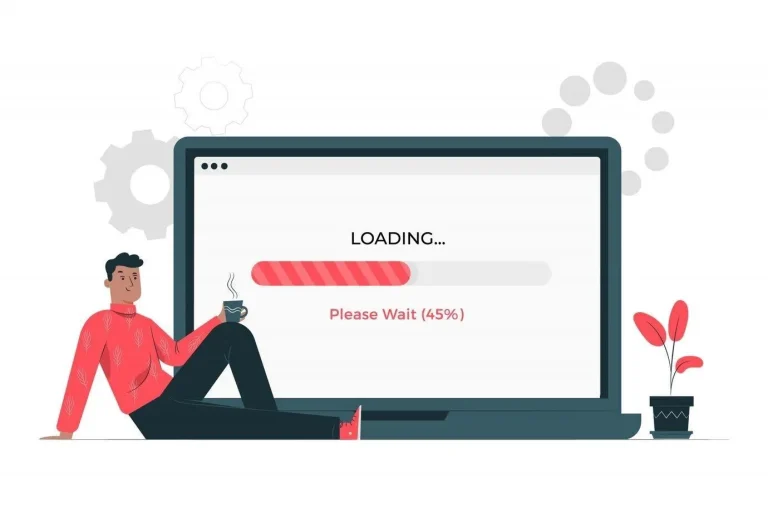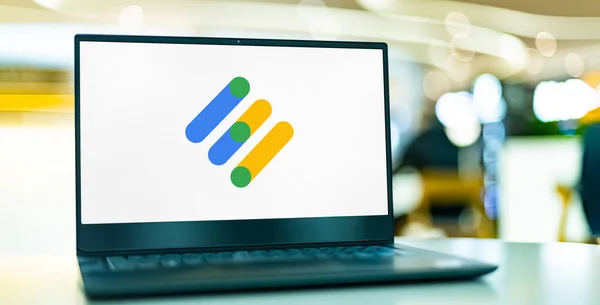Google’s Publisher Provided Identifier (PPID) has been around for a while and is getting more popular as third-party cookies disappear. Publisher Provided Identifier (PPID) is an optional feature for Google Ad Manager 360 that identifies unique visitors across websites, mobile apps, etc. In this article, we will take a deep dive into everything about PPID.
Table of Contents
What Is a Publisher Provided Identifier (PPID)?
A PPID is an alphanumeric, hashed, anonymous identifier without personal information, third-party identifiers, or device identifiers. You can create and assign it to a logged-in user you can identify.
A PPID can help you with frequency-capping audience segmentation, ad targeting, sequential ad rotations, and other audience-based ad delivery settings. Said that a PPID is a supplement, not a replacement of cookies or any other identifier.
What does it mean?
It means a PPID-enabled ad request is a multi-identifier request. Simply put, such an ad request will have one PPID that acts as a primary identifier and another (cookies, mobile ids, universal ids, etc.) that acts as a secondary identifier.
How Does the Publisher-Provided Identifier (PPID) Work?
The set-up of PPID works as given below:
- You will create a unique identifier for a logged-in user. PPIDs come under ‘Encrypted identifiers’ and are uploaded using the cookie_encrypted file format.
It should be written in the given format: cookie_encrypted, list_id where cookie_encrypted represents the PPID and list_id represent the ID of the audience segments* with which the identifier is associated. For instance, an uploaded PPID content looks like this: ScpJKu-yV8je93qkd32MOA, 3153490.
*Select Inventory > Audience Segments in Ad Manager to get the audience segment ID.
- Once you create the PPIDs, upload the user ID (i.e., PPID) into Ad Manager. This can be done using Google Cloud Storage API and gsutil. You can learn more about the upload process here.
- Add the PPIDs to Google Publisher Tags (GPTs). An example of GPT with PPID looks like this:
- Pass the PPID along with bid requests.
- Google Ad Manager will hash that ID and pass it to the DSPs or buyers.
But there are a few prerequisites that should be met:
- Connect with your Google Account Manager and submit the network code.
- Ensure you have an active first-party audience segment with which you want to associate the PPIDs.
Besides, note that a PPID must:
- Be alphanumeric
- Have a minimum of 32 characters and a maximum of 150 characters
- Be hashed and meaningless to Google. A DSP wouldn’t know the users’ interests in the open auction. However, it may identify that the users visit a specific website frequently by observing the PPID in the bid request. Thus, the DSP can understand whether users fit the ad campaign well.
Point to remember: PPIDs can be created for users that can be identified. Further, the users should be provided with an opt-out choice when using PPID in Ad Manager to avoid violating privacy laws. If the user opts out or deletes his/her account, you must stop sending the PPID associated with that user to Google.
Can Universal IDs be used as PPIDs?
No.
To meet the terms & conditions of Google, Publisher Provided IDs (PPIDs) are unique to the individual publisher and intended to identify a single user across multiple devices. This basically contradicts the functionality of Universal IDs, as they enable the identification of shared devices across multiple users.
Benefits of Publisher-Provided IDs (PPIDs)
Audience Targeting
Users who have logged into your website in the past are likely more engaged with your brand; they’re worth more attention. Yet, it is often a challenge to reach these high-value users using cookies alone. When users log in to your website, PPIDs can be used to build custom audience segments. In the future, your DMPs or CDPs can use this stored information to create unique user profiles and identify them across multiple devices.
Frequency capping
Since cookies disappear, how do you implement frequency capping on web pages? This has been coming for a while and many recent talks about whether publishers can implement frequency capping on their sites.
But publishers that have implemented membership or subscription models are in a better place than others when dealing with frequency cap limits. Using PPIDs, you can limit ad views from a single user*.
*PPID is a good choice for a single property but isn’t helpful across multiple publishers’ properties.
Cross-screen user identification
Users connecting to a website through different devices lead to the problem of identifying them. Cookie containers exist only on websites, meaning you can’t access them in apps, CTVs, OTTs, etc. This is when PPIDs come into play, as they can successfully identify users over multiple devices and are not limited to just one or two instances.
Future of PPIDs
Recently, Google has taken a significant step towards encouraging publishers to use more first-party data for ad auctions. It announced it would enable the publishers and advertisers to share the PPIDs for programmatic auctions, including open auctions.
“To enable publishers to further increase their inventory’s value, we’re working to help them expand the use of their PPIDs to more programmatic campaign types, including the Open Auction. We’ve begun testing this functionality and look forward to reporting progress.”
– Google (Src)
However, collecting enough data to create a PPID may not be possible for small publishers because their audiences aren’t large enough to provide the scale advertisers want. For this reason, Google is figuring out a way to address the issue and plans to automate the functioning of PPIDs for such publishers.
FAQs
What Are PPIDs?
The PPID, or publisher-provided identifier, is a unique code consisting of alphanumeric characters and is hashed to protect the’s anonymity Unlike third-party or device identifiers, the PPID does not contain personal information and can be assigned to a logged-in user that the publisher can identify.
What Is PPID Used For?
PPIDs are used to identify users without relying on third-party cookies. It enables publishers to serve targeted ads via Google Ad Manager.























